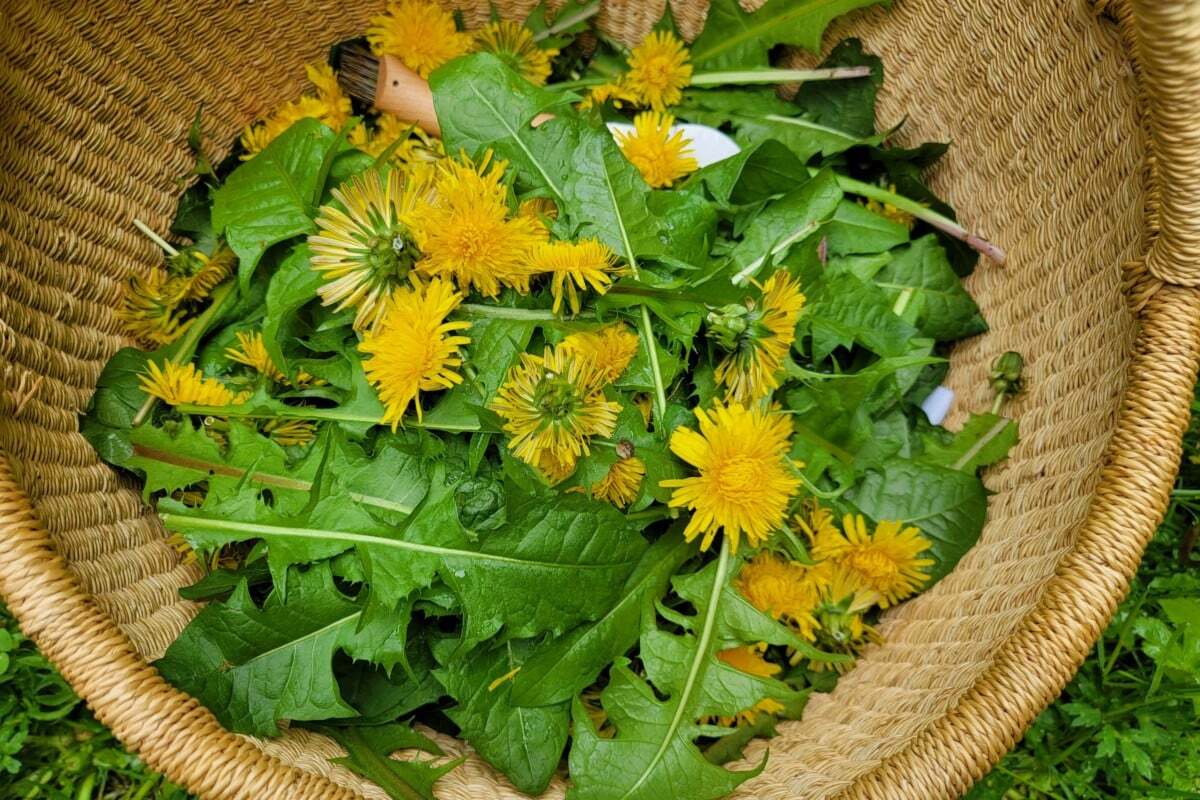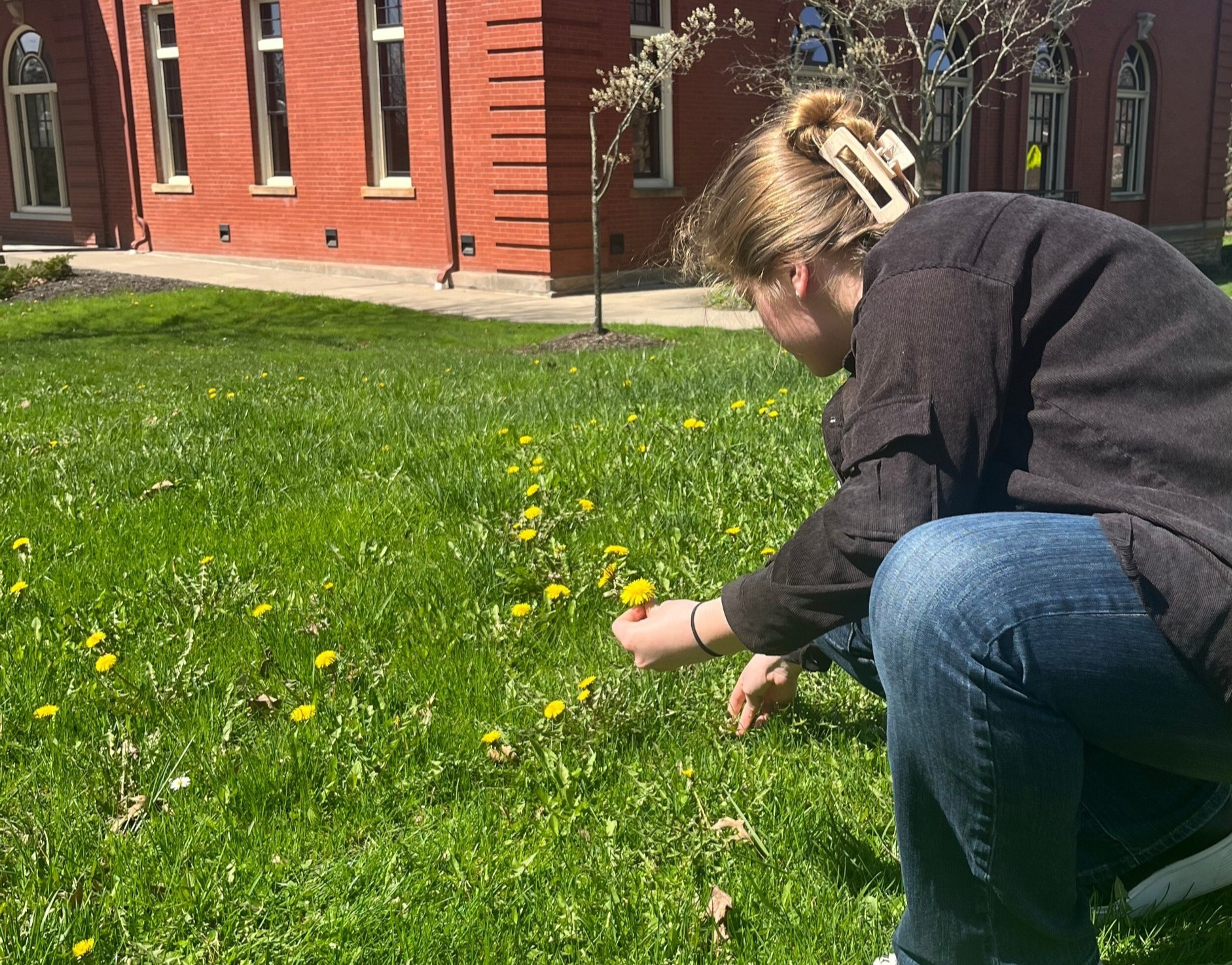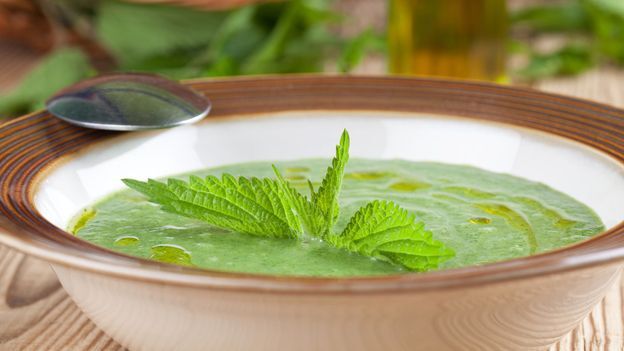One way to prove dandelions aren't merely a 'weed' is to actively harvest and eat them.
I am not harvesting much from my garden yet, but dandelions greens are on the menu today!

One way to prove dandelions aren't merely a 'weed' is to actively harvest and eat them.
I am not harvesting much from my garden yet, but dandelions greens are on the menu today!

Tiè guarda che colori, zero filtri, tutta natura
Finita la stagione dei fiori di Borrago Officinalis inizia quella dei fiori di Trifolium Pratensis, che essendo una pianta della famiglia delle Fabaceae, ossia delle leguminose, produce questi bellissimi fiori che hanno un sapore che miha ricordato molto quando da bambino assaggiavo un angoletto crudo dei fagiolini o dei fagioli corona destinati alla cottura. Molto buoni questi fiori sia crudi...
The climate conscious bandit eats leaves and shoots!
some reasons for eating tree leaves (and using trees for staple crops too): yummy!
can forage wild for free
connect to nature
very nutritious - leaves of woody plants are on average much higher in key nutrients than annual vegetables
woody plants, especially trees, sequester carbon!
they improve soil health and reduce erosion
climate resilience
trees are more resilient to fluctuating weather and climate conditions than annual crops
they're better at soaking up and storing rain - important with increasingly unpredictable rainfalls
increase water quality
habitat
pollination
less susceptible to diseases and pests, especially in diverse systems (not monocrops)
reduced need for pesticides
they provide shade
less labour intensive
great diversity, increases biodiversity and diversity of foods
they promote longterm thinking and concern for the ecosystem
can be important culturally, especially to indigenous peoples
there are species suitable to all climates and conditions where food is grown
for some temperate examples off the top of my head
Out of curiosity, has anyone out there in the #foraging fediverse eaten bark bread or other bark foods? If so, do you have any tips?
I've heard good things about the inner bark of birch (which makes sense, since we can also drink birch sap), but I'm not sure I know anyone who has done it first hand.
Hi everyone, with the incoming #tariffs likely affecting the cost and availability of food, please feel free to reach out if you need help foraging or growing your own food. Just tag me with any Q’s.
Below are #FoodSecurity links you may find useful. 1/2
Find and support local growers here:
https://www.localharvest.org/
https://blackfarmersindex.com
Locate a food co-op near you:
http://www.grocerystory.coop
Ate my first tī kōuka¹ leaf heart today. Very much like eating a delicious artichoke that's been rubbed down with a Nintendo Switch cartridge². Very enjoyable and woke me up at the same time. Would 100% turn my neighbour's garden waste into food again.
—
¹ Cordyline australis, aka cabbage tree.
https://en.wikipedia.org/wiki/Cordyline_australis
² To prevent accidental ingestion by small children, the game cards are coated with a bittering agent: https://en.wikipedia.org/wiki/Denatonium

Con questo video vi porto a raccogliere quello che seve per preparare l'insalata mille foglie e mille fiori che con grande gusto me so magnato ieri sera
A nice easy recipe yesterday: dandelion leaf salad.
Dandelion leaves are quite tender and have a peppery flavour like watercress. I mixed them with leftover mozzarella and tomatoes in their dressing, plus lemon juice and salt.
7/?
If you like foraging for fiddleheads, try looking for Indian cucumber https://www.diningandcooking.com/2041570/if-you-like-foraging-for-fiddleheads-try-looking-for-indian-cucumber/ #Cooking #CookingTopics #evergreen #foraging
L'altro giorno stavo lì che mi protendevo verso terra per raccogliere dei boccioli commestibili da fare al wok, quando a un certo punto sono stato investito da un zaffata di un odore meraviglioso che mi ha sbloccato un mezzo ricordo, come un lampo. Solo che non riuscivo a sbloccare l'altra metà del ricordo e quindi sono andato avanti. Poi però dopo pochi metri son tornato indietro perché volevo assolutamente venirne a capo. Quel profumo che 1/2
...dal sapore delicato e ricco di umami, ottime da ripassare al volo dentro il wok. Delle piante ormai fiorite si possono sempre mangiare i fiori, che spesso sono buonissimi e nutrienti, per esempio quelli del Raphanus Raphanistrum che ieri ho messo nell'insalata. Insomma, se magnamo tutto
Ormai sono poche le piante da foraging che ancora non sono fiorite, dando fine alla fase vegetativa e inizio a quella riproduttiva, concentrando tutte le energie e le risorse in questa funzione, con la conseguenza che le foglie diventano più dure, più secche meno buone e meno nutrienti. Tra le poche piante non ancora fiorite, e quindi ancora con le foglie buone da mangiare c'è questa, l'Hypochaeris radicata, nome comune Costolina Giuncolina, ancora molto buona, carnosa e...
Oggi una corsetta tanto per gradire ma soprattutto per avere l'occasione di raccogliere un po' di roba per la cena. Nella mia mano destra boccioli di piantaggine, che dicono sappiano molto di funghi porcini una volta spadellati Maggiori dettagli nel primo commento
'This virtual exhibit aims to immerse visitors in the captivating histories and delicious recipes of 5 edible weeds in North America. These plants share stories about the land and the people who have inhabited it across generations. Plus, the invasive plants can be made into delicious snacks!'

I found some jack-by-the-hedge (Alliaria petiolata) on my way home yesterday and picked it as a garnish for our leftover soup. It released a lovely gentle garlic scent when chopped, and the mustard flavour came out beautifully as it started to cook in the warm soup.
I picked Alexanders (Smyrnium olusatrum) at the weekend, the 5th #StAndrewsWildFood I’ve foraged this year.
The whole thing is edible, with a very strong aromatic scent and taste. It looks a lot like hemlock water dropwort (extremely poisonous) so I was careful!
I put some stems (peeled) into Cornish pasties with other veg and fake meat. It was nice, but the flavours cooked out quite easily – I’ll be braver and put more in next time.
A British feast from garden weeds
Jessica Vincent, 8 May 2020
Excerpts: "It was an unusually hot April morning in Colchester, England, and the fields, now in full bloom, were bursting in brilliant yellows, whites and purples. Armed with a wicker basket and David Squire’s book Foraging for Wild Foods, I scanned the Essex countryside for the ingredients to my first-ever foraging taster menu: stinging #nettle soup; gnocchi with #dandelion leaf pesto; #WildGarlic and stinging nettle ravioli; and, for dessert, dandelion flower cookies.
[...]
"The earliest memory I have of #foraging is picking wild #blackberries with my grandmother. Our quest for England’s sweetest wild fruit led us to our local park in Banstead, Surrey, a small patch of green which, between August and October, would burst with swollen blackberries. Under strict instructions, I’d carefully manoeuvre my way around the thick, sharp brambles, my eyes scanning for the darkest and shiniest berries of them all. My grandmother had learned from her mother – who, as a young evacuee during World War Two, would forage wild fruits and plants as a supplement to the meagre food rations – that the plumper, darker berries were the sweetest. Those juicy crimson-purple morsels would often be turned into blackberry crumble, the perfect sweet finish to a Sunday roast dinner."
https://www.bbc.com/travel/article/20200507-foods-you-can-forage-from-your-own-garden
